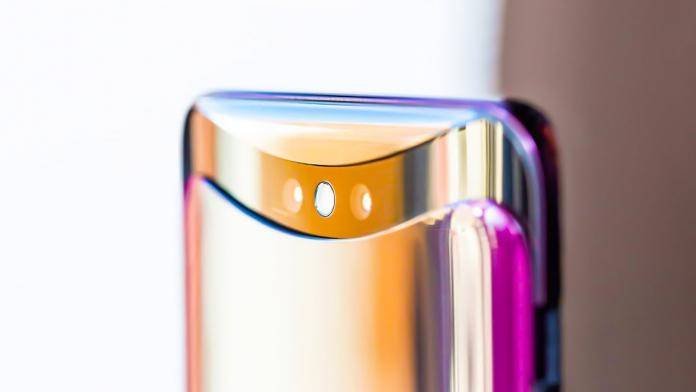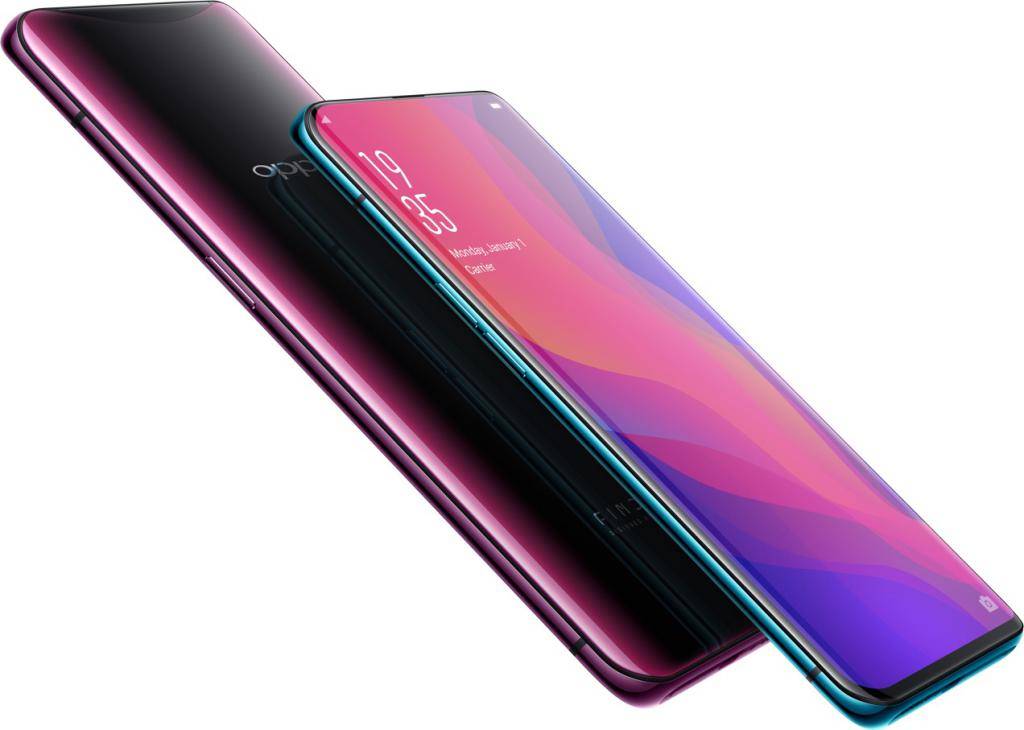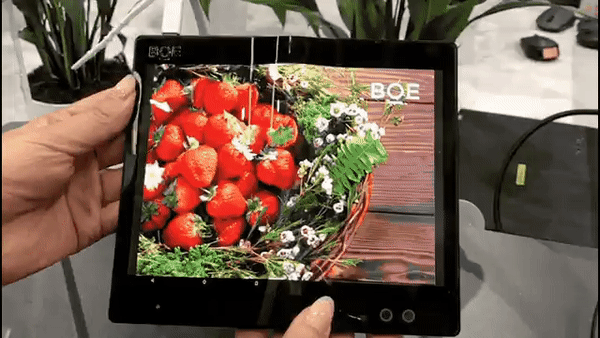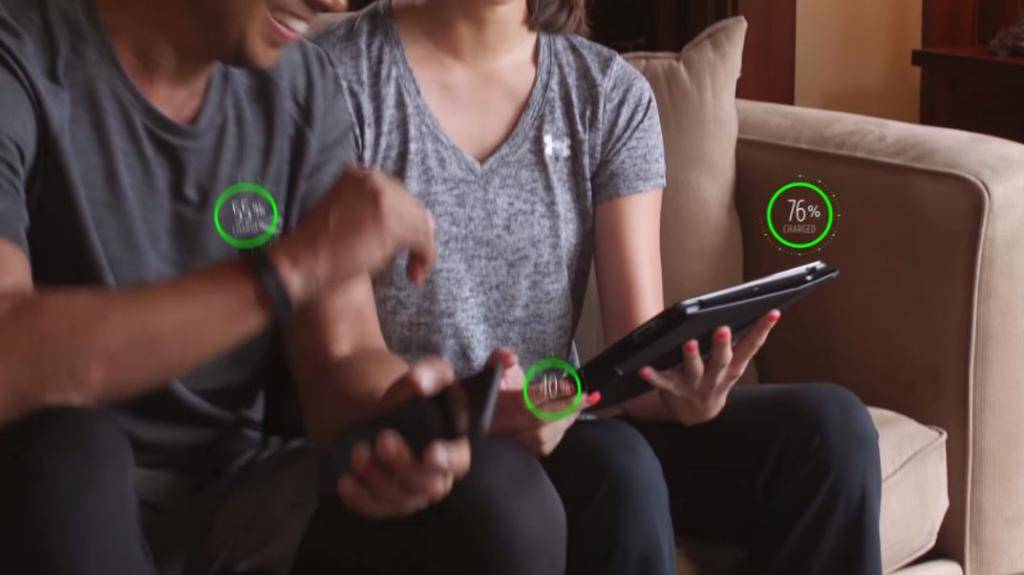
The smartphone has both been the banner of hyper-progressive technology and stagnant design in the past decade. By this we mean that within the accepted market design of the smartphone, technological progress has been unbelievable. The improvement of chipsets, phone camera technology, software, and even display technology has moved at breakneck speed in the past few years, and we feel it. That said, the design for a smartphone has largely been stagnant – we more or less expect what a smartphone would look like. There has been little change in the smartphone’s shape and standard design for the past 5 years, no radical changes that have affected the shape of the device overall.
This is why we feel that we might be on the brink of something new for the smartphone. Right on the horizon, within the next five years, there might just be a radical change in the way manufacturers design smartphones. We’ve started seeing this in the way smartphone displays are now made – with screens that occupy the whole front of the device. We’re seeing a number of innovations from Chinese companies – and in truth, China is probably where this next big innovation might come from.

In spite of the rapid technological progress in chipsets and cameras, the smartphone market is still experiencing a slowdown globally. At the end of 2017, the market experienced negative growth for the first time over a decade. What this meant practically was that more people were holding on to older phones, because they were sufficient technologically. What this might imply, is that there is very little innovation year-on-year, and there is no longer any impetus for people to buy new phones annually because there is really very little innovation in hardware.
But what might push people back to buying new phones? New hardware is one logical reason, we suppose. What those new hardware might be could possibly be found in one of the many Chinese tech startups that have amazing new prototypes – foldable phones with foldable displays, phones with more cameras than you have fingers, or phones that charge over the air.
Fingerprint sensors inside
This is not new technology anymore, we already have phones in the market with this tech inside. As displays get larger, fingerprint scanning is either relegated to the back or done away with altogether. Chinese manufacturer Vivo worked with Synaptics to make a scanner that you could put under your display – and peek between pixels to capture an image of your fingerprint.
Why is this not getting tractions? Well, for one, the performance of this type of sensor isn’t that great. It works, but it is a tad bit slower. Maybe Qualcomm’s ultrasonic sensor would do the trick, but the big players are not biting. If Samsung pushes through with an in-screen scanner for the Galaxy S10, that would open the doors for this technology – because you can say what you want about the Vivo X21, but it is still heck impressive.
Folding phones and displays
Again, this is not the first time we’re hearing about foldable phones and displays. Samsung has been rumored to be building one since forever, and yet we haven’t seen this technology in the market. There are big drawbacks for this technology, in all honesty. Foldable phones might look cool, and might even have some practical use in some situations, but anything with hinges will always be easier to break.

That said, Samsung is still probably the closest to making a breakthrough here. Whatever the device will be called – some say it will be called the “Galaxy X” – it will have to innovate on hinge technology and sport a kind of foldable display that has not been seen in the market yet.
Multiple camera lenses – 3 is not enough
This year, we saw Huawei put three lenses on the P20 Pro to great effect – there is still none better on a smartphone to date, according to DxOMark. But if you dig around in China, you will see that people have been putting more camera sensors together to get a better image for a while now. A company called Light has put 16 lenses on a camera to give you a 52-megapixel image stitched from images taken from the multiple lenses.

The same company has a prototype phone that has 9 lenses for the main camera. This design is able to give you 64-megapixel images with amazing low-light performance and depth effects. Foxconn is supposedly backing this multi-lens setup for next year. But you should know that this won’t be cheap – the processing power and hardware to stitch the images for this monster could cost over USD$1000.
Batteries that charge over the air
It’s 2018, and although battery power is less a problem for modern smartphones, it still remains a problem. More power-efficient chipsets and bigger batteries help, but that shouldn’t be a problem once we are able to have smartphones that charge just by proximity to an over-the-air charger. This technology might be the most difficult to pull off.

Firms such as Energous and Ossia send power using radio frequencies, while rival Wi-Charge uses infrared light that’s closer to lasers. Prototypes of these technologies are already available, but the marketability of these is still a big question mark. One tech needs transmitters to be placed all over a room to work, and people will always be worried if the electricity beamed over the air will fry them in the long run.
In the end, plugging in will always be faster to over-the-air charging. But if more manufacturers and establishments buy into these techs, there might not be a need to plug in soon.









